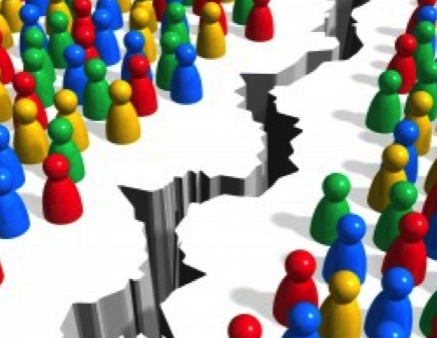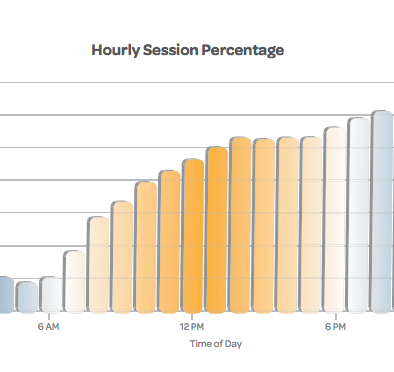We’re now in an age where large public events lead to a huge increase in social media activity; Oscars host Ellen DeGeneres’ selfie that ‘broke’ Twitter with the most retweets ever is just the latest example. What do most messages and posts look like during these moments, as people turn to social media to have an instant, widespread conversation about what’s happening in realtime?
A new study from MIT’s Senseable City Lab examines social media messages during these large-scale public events, and found a consistent trend: as the volume of social media activity rises, the length of messages and posts grows shorter. According to Carlo Ratti, director of the Senseable City Lab and an associate professor in MIT’s Department of Urban Studies and Planning, in these moments “…the way we respond to things becomes faster and more impulsive.”
The basic data:
- on Twitter (where messages are limited to 140 characters), the most popular length of tweets ranged from about 70 to 120 characters during times of normal traffic
- during times of higher traffic (when messages were sent up 200x more frequently), the highest concentration of tweets was only around 25 characters in length
- this relationship of higher message volume to shorter message length held true across other social platforms during several different events, including: the Masters Golf Tournament in April 2012, U.S. election night in November 2012 and a major snowstorm in February 2013
“We wanted to see if this was Twitter-specific or if it happens in other media as well,” said Michael Szell, a researcher at the Senseable City Lab and co-author of a recent paper about the study. “Basically we found this effect every time there was an event going on. And when there was no event, we did not find this effect.”
What are the implications of these findings? Carlos Ratti believes that understanding message length and why/when it varies could be helpful in designing social media platforms, and that more research could shed light on the behavioral mechanisms that lead people to send shorter messages. Is it simply convenient or instinctual in the moment, or is it a “herd effect” where people send shorter messages because they’re seeing shorter messages?
And the big question: what does this mean for marketers? Big public events are when the most retweets/shares are possible; remember Oreo’s great moment during the Super Bowl blackout, President Obama’s “four more years” tweet, and Ellen’s recent star-studded Oscars selfie. In each case, it was a photo with a short and sweet caption that elicited huge engagement from the public.
Power out? No problem. pic.twitter.com/dnQ7pOgC
— Oreo Cookie (@Oreo) February 4, 2013
Have you taken part in the social media ‘frenzy’ that tends to happen around these large public events or moments? Do you think brands need shorter messages to be successful at those times?


